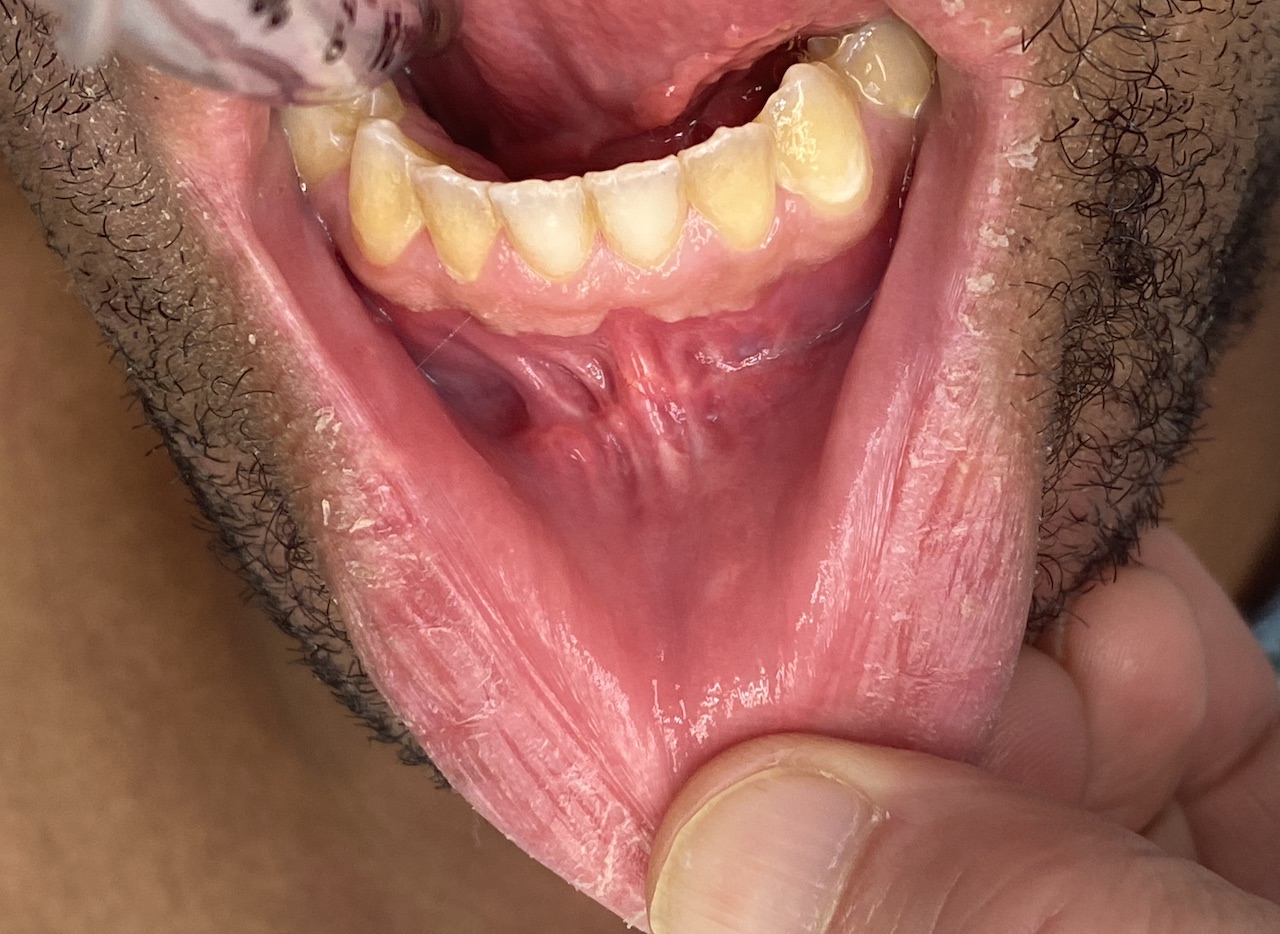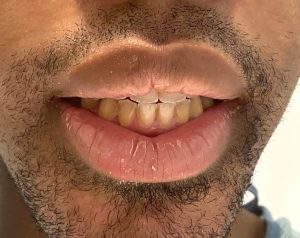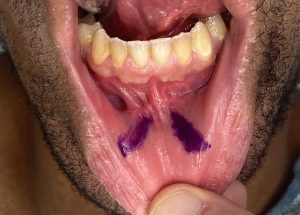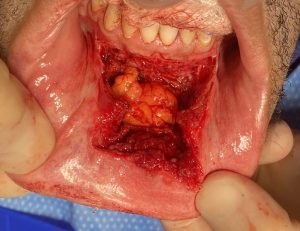The sliding genioplasty is a commonly performed and effective method for specific types of chin augmentation. One of the risks of the surgery is lower lip tightening and contracture. (lip shortening) One of the primary causes of this postoperative problem is the bony step off caused by the advanced chin bone. This creates a dead space underneath the mentalis muscle on closure which sets up the opportunity for the soft tissues to be pulled down into it during healing. This postoperative risk is increased the larger the chin bone movements are or if multiple bony chin surgeries have been performed.
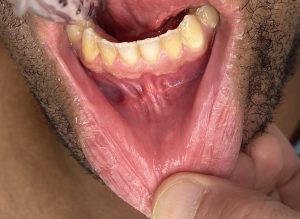

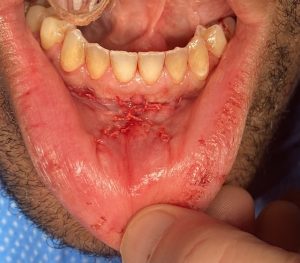
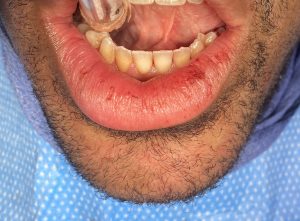
Dr. Barry Eppley
World-Renowned Plastic Surgeon

